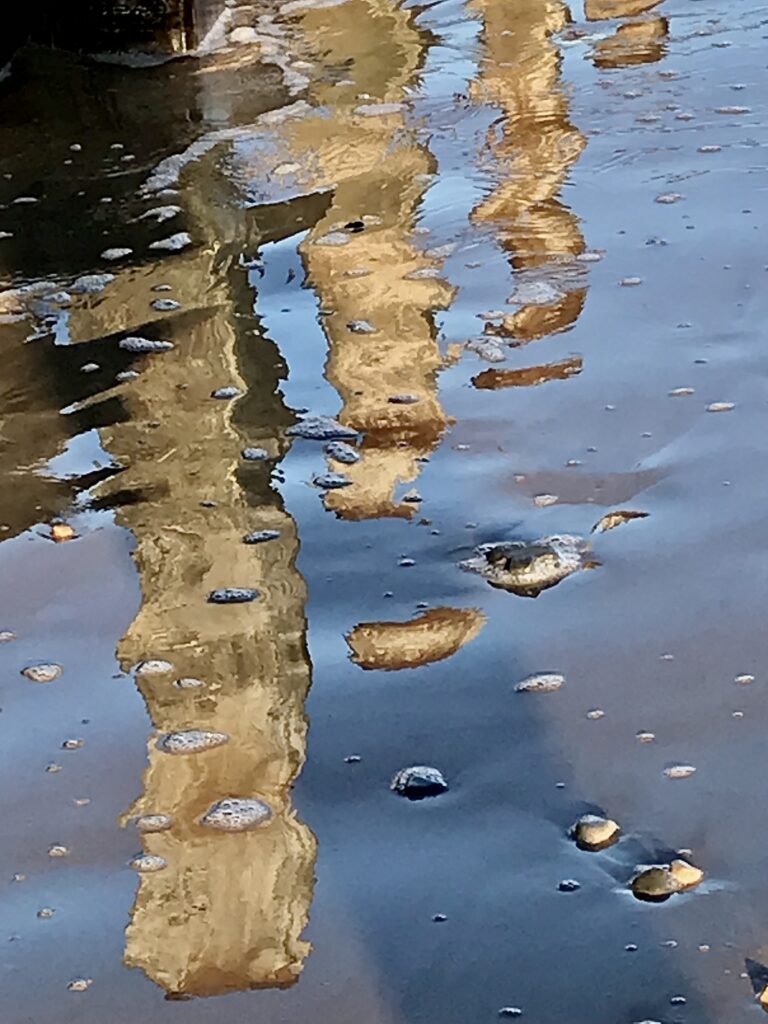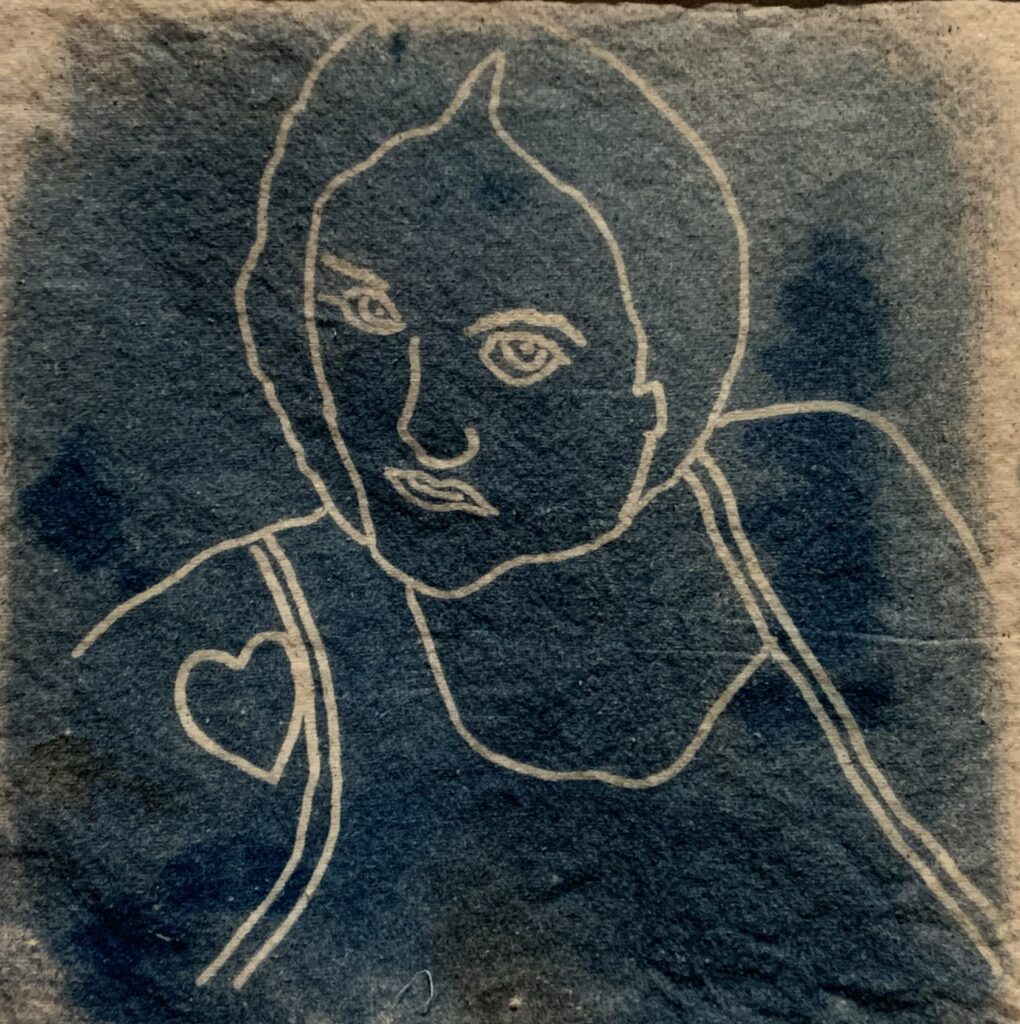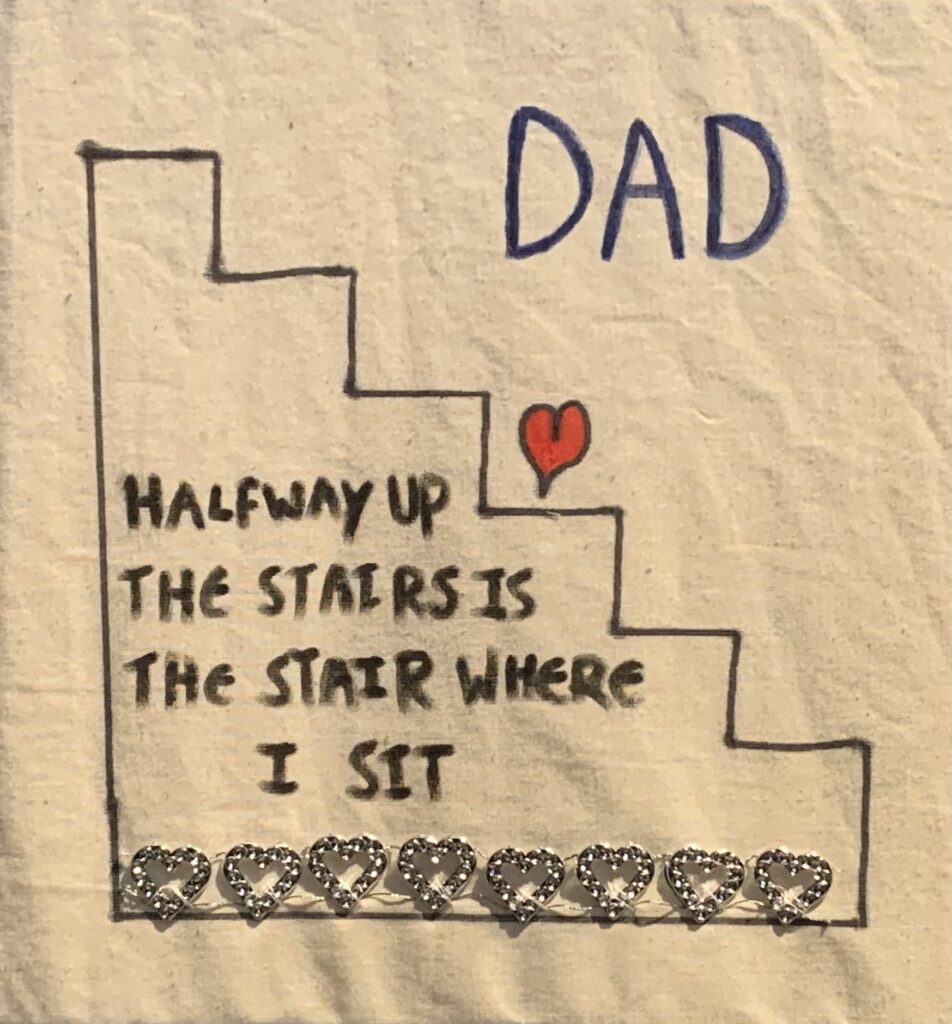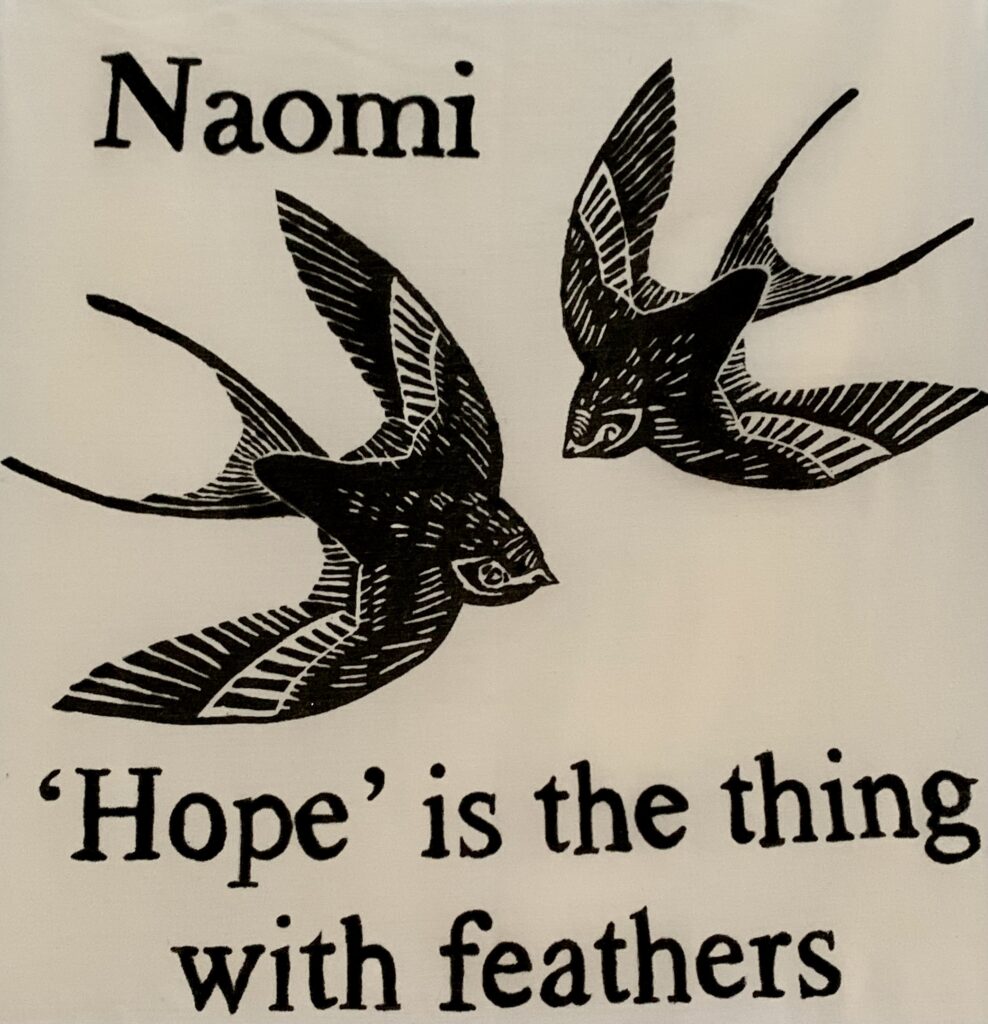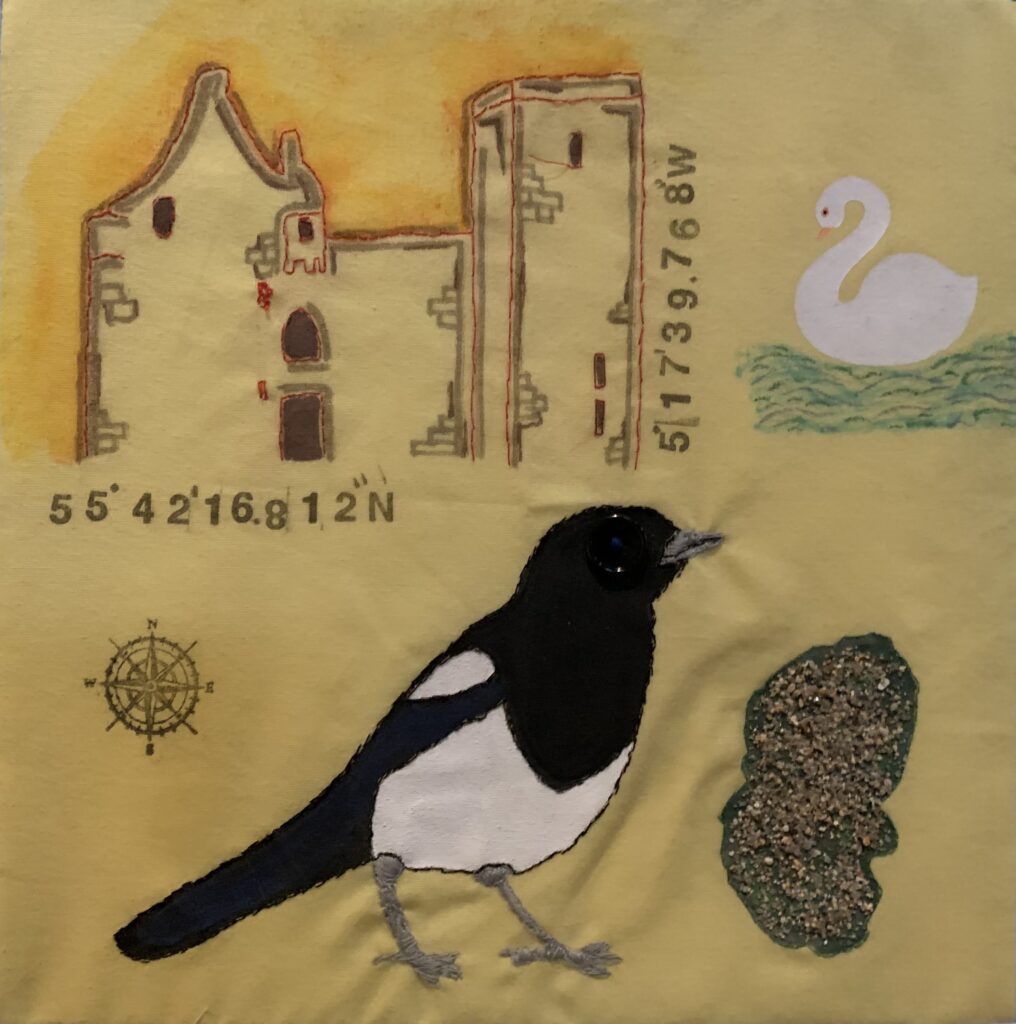
I was delighted to receive a recent invitation from Anna Walker, senior arts and culture editor at The Conversation, to contribute to a review piece of the books on the shortlist for the International Booker Prize 2024. I am an admirer of the International Booker not only for its commitment to literature in translation, but also for its explicit recognition of the translator, who shares half the prize with the author. This year, the judging panel was chaired by Eleanor Wachtel, and included poet Natalie Diaz and artist William Kentridge.
I was asked to review Jente Posthuma’s What I’d Rather Not Think About, which was translated from the Dutch by Sarah Timmer Harvey. Readers of this blog will recognise my research interests reflected in the work, which documents the grief process of a younger twin following the suicide of her brother. Posthuma’s novel was published in the Netherlands in 2020 and was shortlisted for the European Union Prize for Literature in 2021. Her first novel, People Without Charisma, was published in 2016, also to wide critical acclaim.
Given its subject matter, What I’d Rather Not Think About is surprisingly readable, in part because of its tone. The narrator – known to us only as Two because she was the second born – reflects with wry humour on her situation. The book also reads as a series of interconnected flash fictions. It came as no surprise to read that Posthuma is a fan of American short story writer Lydia Davis: her prose echoes Davis’s precision, and Posthuma also shares Davis’s interest in probing questions of intimacy and distance. The brevity and concision of both writers focuses our attention on what is unsaid, as much as on what is expressed.
The winner of this year’s International Booker Prize will be revealed at a ceremony held in the Turbine Hall at Tate Modern, on Tuesday 21 May.
The article in The Conversation, which contains mini reviews of each of the shortlisted novels, can be accessed here.


